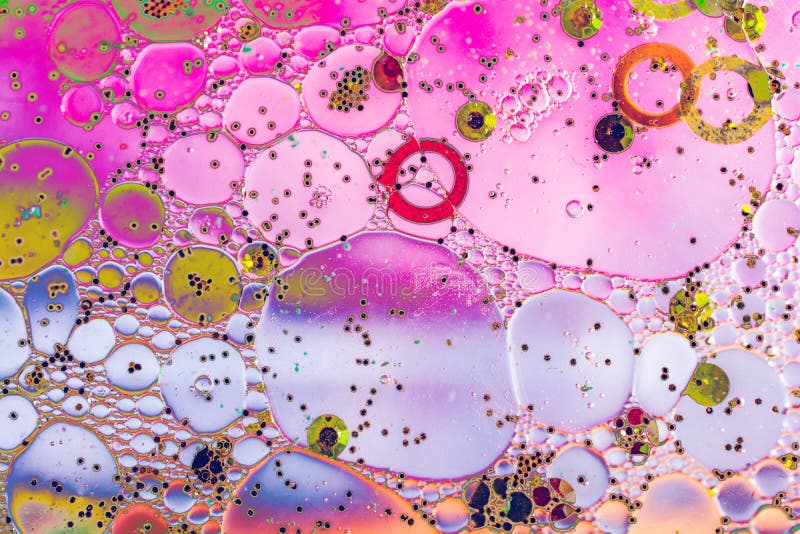
Some of the methods of making an emulsion are given below. Mayonnaise a mixture of egg yolks and oil is an edible example of permanent emulsions.Įmulsions are a combination of two immiscible liquids generally stabilized by emulsifier that can be classified in a number of ways and can be formed by a number of methods.įormulation of emulsions is quite easy and can be carried out in a home-based setting. Permanent emulsions: These emulsions remain stable for extended periods. It is a mixture of egg yolks and clarified butter. Semi-permanent emulsions: Hollandaise sauce is an example of semi-permanent emulsions that has a stability of few hours. Temporary emulsion: A mixture of oil and vinegar is termed as temporary emulsion because it separates with an hour and forms again with little agitation or shaking. Microemulsions: microemulsions are thermodynamically stable and have an internal phase droplet size of 10 – 200 µm. Examples are alcohol and water, silicone and water etc. Thermodynamically unstable, macro-emulsions tend to revert back to their original form however, having low kinetic energy they remain stable from a macroscopic outlook. Macroemulsions: droplet size of the internal phase is 200 µm – 50 mm.

#Oil in water vs water in oil emulsion skin#
prolonged release formulations and skin moisturizers. In this type of complex system oil in water or water in oil emulsion is dispersed in another medium which happens to be either water or oil.įor example, novel carrier in pharmaceutical and cosmetic industries i.e. Water in oil in water (W/O/W) or oil in water in oil (O/W/O): these are complex emulsions can also be called as emulsion within an emulsion. Water in oil (W/O): in waterthe oil emulsions water globules (internal phase) are dispersed through dispersion medium (external phase) which in this case is the oil. For example, mayonnaise and Hollandaise sauce. Oil in water (O/W): an emulsion where oil is the internal phase and water is the external one. An emulsion can be classified based on either dispersed medium or size of droplets or stability of the entire system. that means there are various types emulsions and logically more than one way to classify them.

Some common examples of emulsions are creams, lotions, liniments, butter, ice-cream etc. The dispersed liquid is called as internal or discontinuous phase whereas dispersion medium is termed as external or continuous phase. In this type of system one liquid is dispersed as small droplets or globules, in to other, having a usual size of 0.1 to 10µm. When two immiscible (or partially miscible) liquids are brought together in the presence of an emulsifier they form a dispersed system that is termed as an emulsion.


 0 kommentar(er)
0 kommentar(er)
